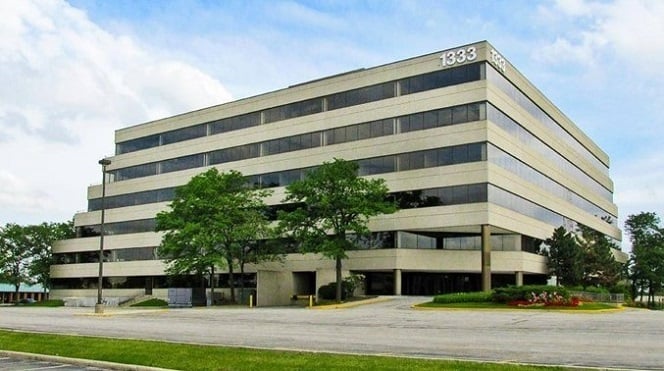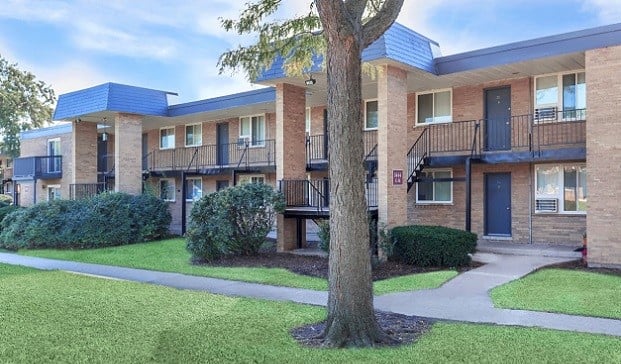Trends in the housing market are on the upswing, and thestock market has shown remarkable earnings in the past year, allpositive signs for a recovering economy. However, historicalstatistics show that one in three Americans pay more than 30% oftheir income in rent, all while wages remain stagnant ordecrease, and cost of living continues to rise. Yet for every 1.5 new housing units built, 1 isdemolished and the U.S. Department of Housing andUrban Development (HUD) estimates that 10,000 public housingunits a year are lost due to aging, while the need for affordablehousing for low-income renters continues to increase. So while newconstruction is rebounding, and inventory is increasing forhigh-end units, the inventory is decreasing for affordable rentalunits, leaving far fewer options for lower-income wageearners.
As refinance rates remain low and new construction gainssteam, traditional lending options are getting their mojo back(GNMA, Fannie Mae, Freddie Mac, CMBS, etc.) In counterpoint, HUD istypically a counter-cyclical source of funding (See here for more information). However, inorder to remain a viable option in the evolving funding markets,HUD has a new strategy for keeping interest in FHA-insured loans byinitiating new programs, particularly their RAD program.The RAD program is a way for HUD to push theirmission during a transition cycle, by offering creative financeoptions to rehab aging, affordable housing units, even as the waveof new construction units at a higher price point continues tosurge.
The RAD program is an important part of HUD's effort toclose the gap by preserving the country's affordable rentalhousing, while at the same time adding value to it throughpublicly-funded energy efficiencyimprovements. The essence ofHUD's approach is to lower operating costs via energy efficiencystrategies, which in turn will help keep operating costs, andsubsequently, rents low, thus providing affordable, desirable unitsto a portion of the population that isn't getting anysmaller.
Continue Reading for Free
Register and gain access to:
- Breaking commercial real estate news and analysis, on-site and via our newsletters and custom alerts
- Educational webcasts, white papers, and ebooks from industry thought leaders
- Critical coverage of the property casualty insurance and financial advisory markets on our other ALM sites, PropertyCasualty360 and ThinkAdvisor
*May exclude premium content
Already have an account?
Sign In Now
© 2024 ALM Global, LLC, All Rights Reserved. Request academic re-use from www.copyright.com. All other uses, submit a request to [email protected]. For more information visit Asset & Logo Licensing.








